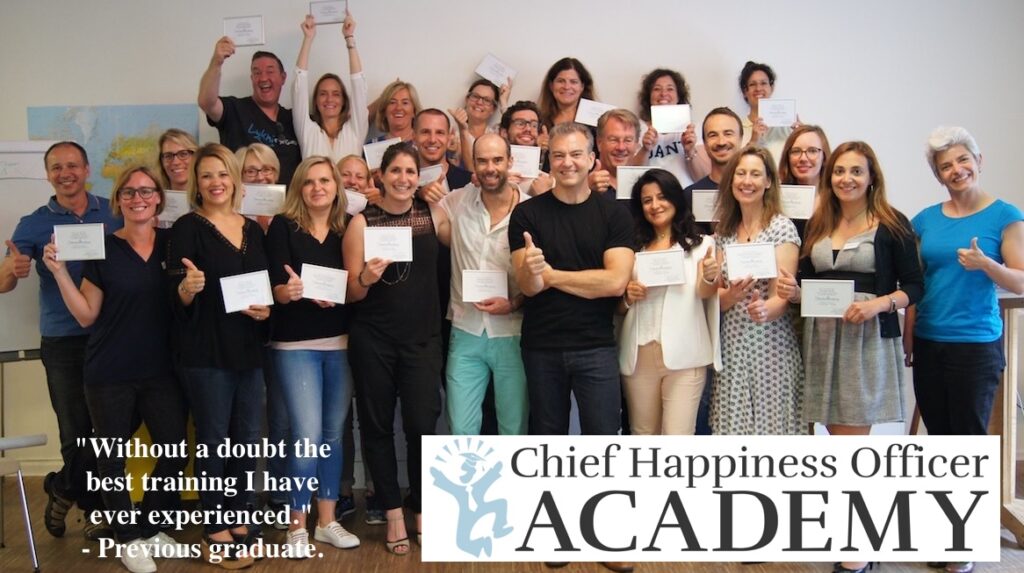
The beginning of a new year is a great time to take stock of your work life. Were you happy or unhappy at work? What would you like to change?
It’s important to evaluate because how you feel at work has such a large influence on you at work AND at home. When you’re happy at work, you have better job performance and more career success. You also have better health and a happier private life.
Unfortunately most people look back and think exclusively in terms of what went wrong. The things they should have done. They goals they ought to have achieved. The progress that didn’t come.
We gain much of our happiness at work (and in life) by appreciating the good things we have and do. Sure, you should also make sure to improve your circumstances and address any problems but it is just as important to be able to appreciate the things that do work.
This is hard. Negativity bias is one of the most well-established psychological phenomena and it means quite simply that our minds devote more mental focus and cognition to the bad than the good. Our thoughts automatically go to problems, annoyances, threats and fears but remembering and appreciating the good in our lives takes effort and focus.
We think you can achieve much more by turning that around 180 degrees, so here’s our suggestion for a little new year’s exercise in happiness at work.
Think back at your work life in 2015 and answer the following 10 questions. It works best, if you take some time to do it and if you write down your answers:
- What went really well for you at work in 2015?
- What did you do that you were proud of?
- Who did you make a difference for at work?
- What new skills have you learned professionally?
- How have you grown and developed personally at work?
- Who has helped you out at work in 2015?
- Who have you admired professionally?
- Which 5 things from your work life in 2015 would you like more of in 2016?
- Which 5 things from your work life in 2015 would you like less of in 2016?
- What will you specifically do to become happier at work in 2016?
Most people think that they must work hard to become successful – and that success will make them happy. They’re most likely wrong.
So this year, make happiness at work your #1 career goal – because being happy at work will make you more successful in your career.
I wish you a very happy new year at work!
